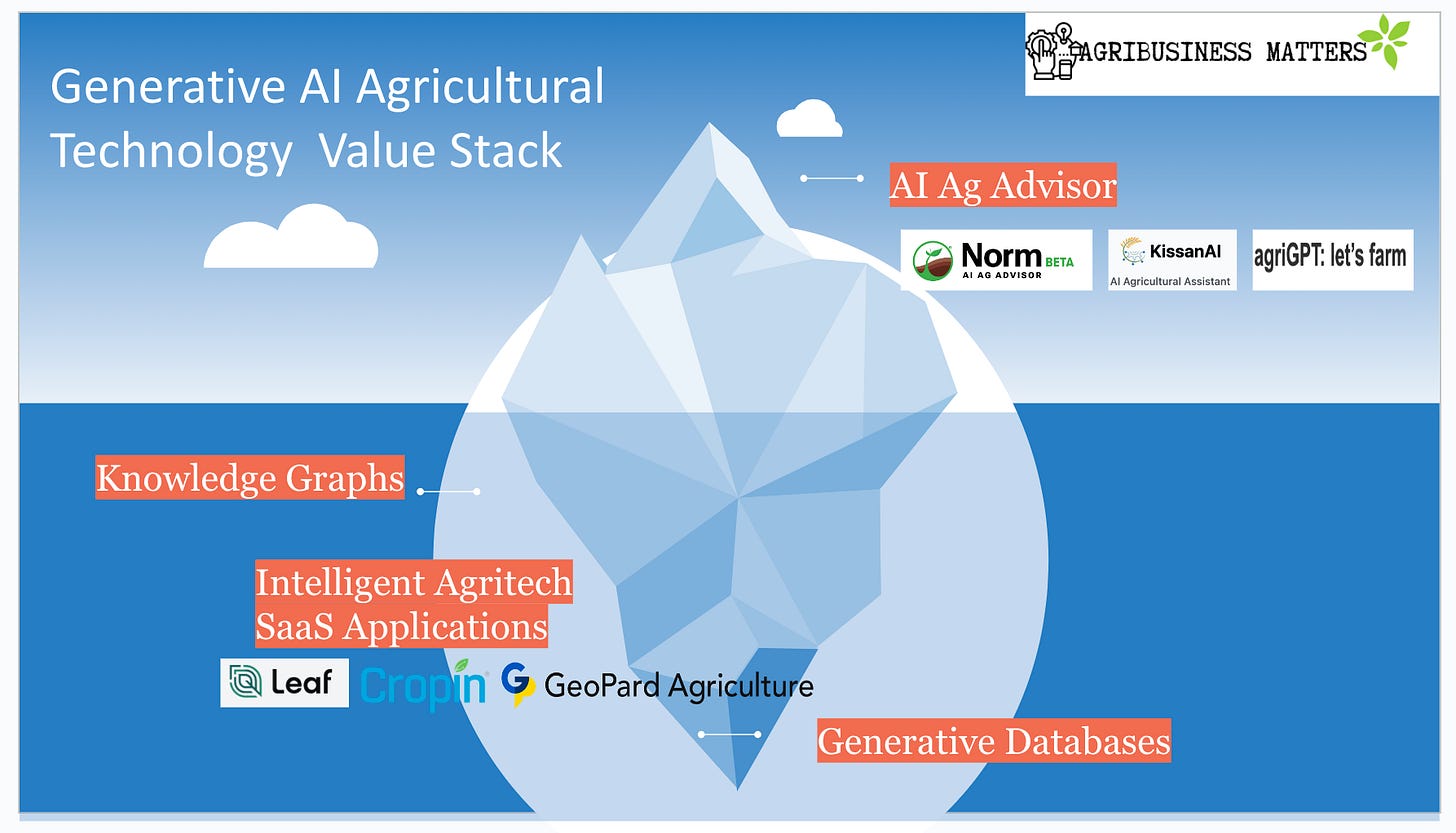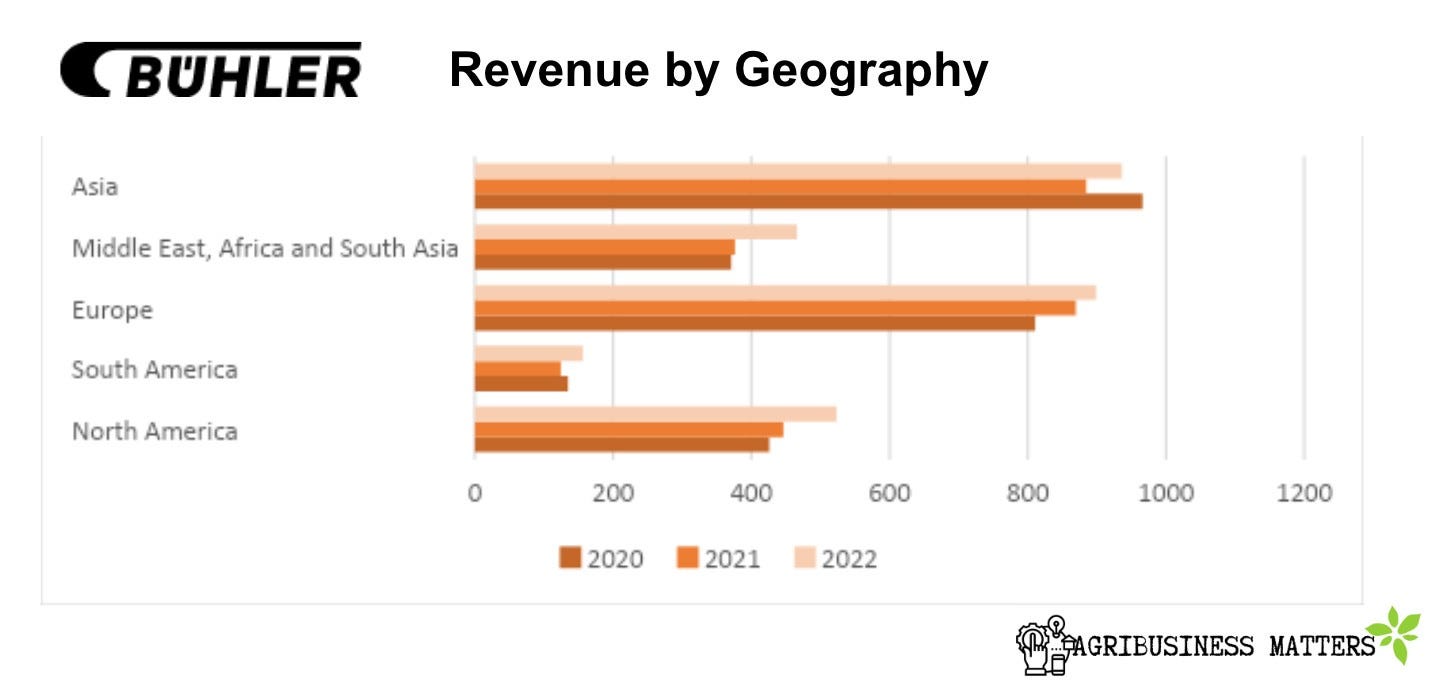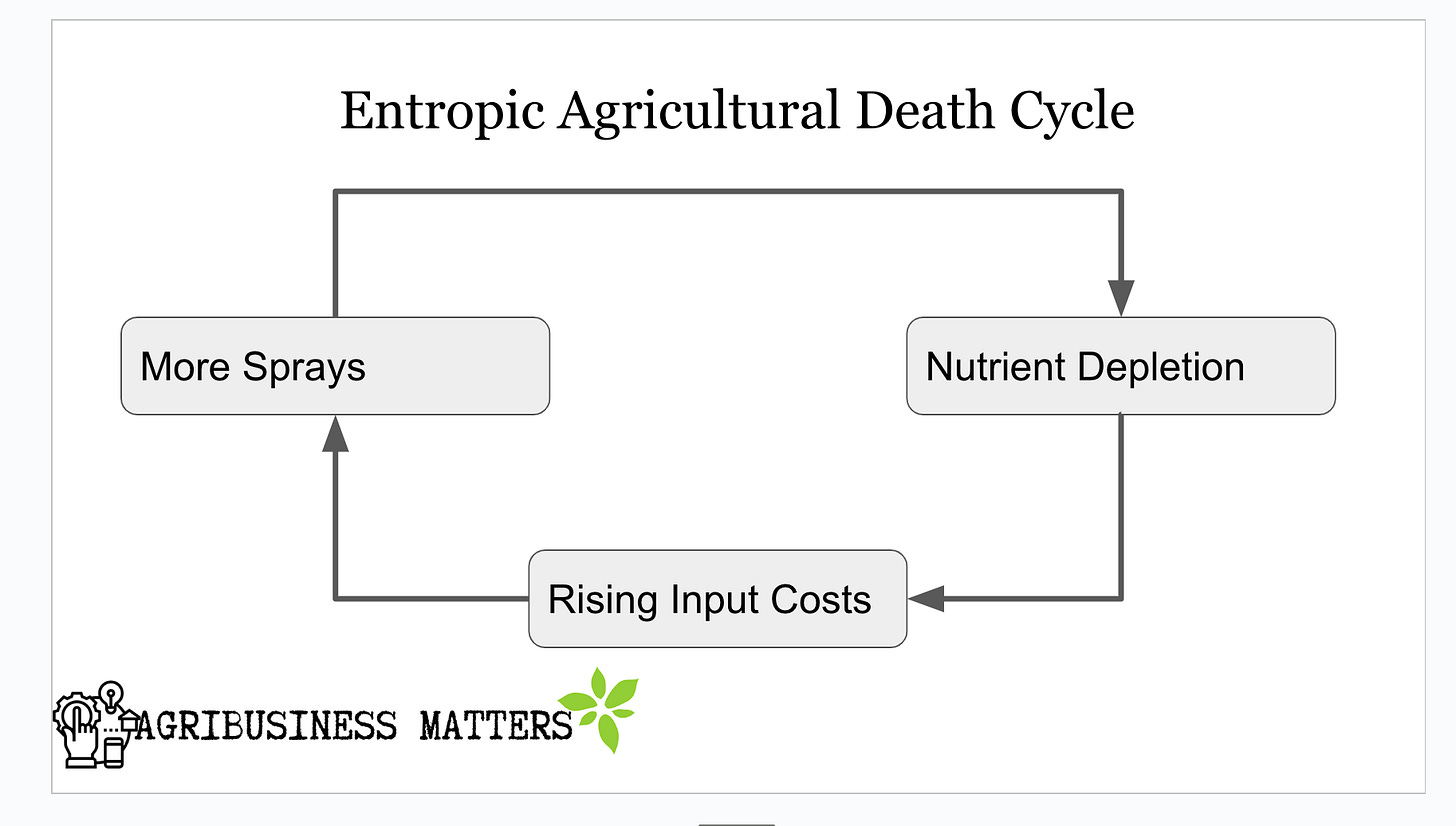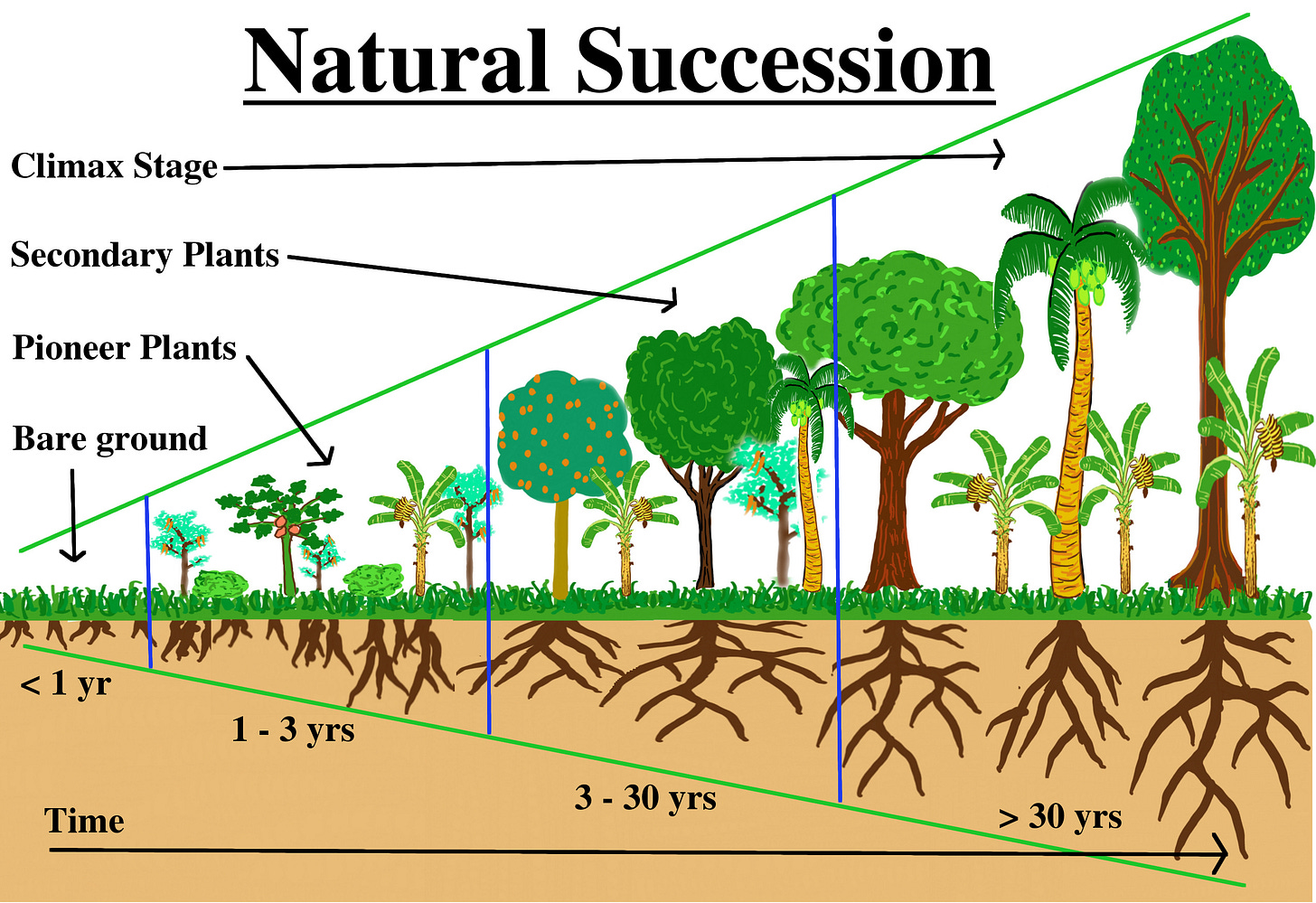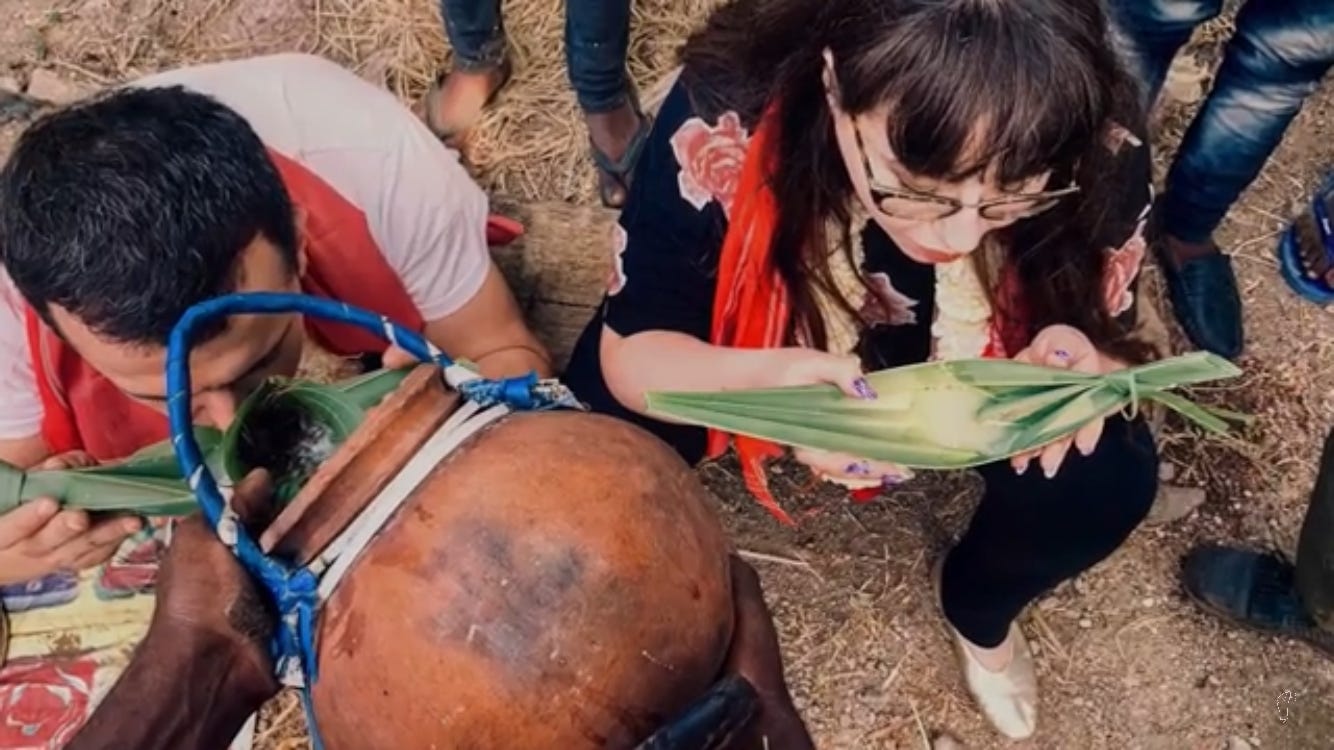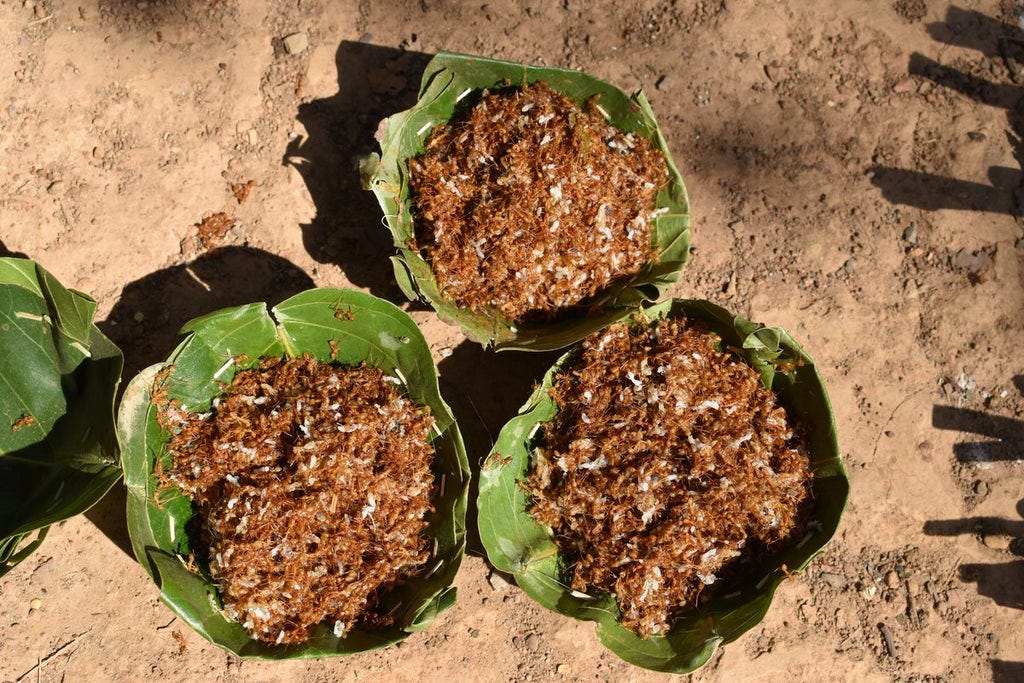Saturday Sprouting Reads (Generative AI Agritech Value Stack, Bühler, Syntropic Farming, Tribal Foods)

Dear Friends,
Greetings from Hyderabad, India! Welcome to Saturday Sprouting Reads!
About Sprouting Reads
If you've ever grown food in your kitchen garden like me, sooner than later, you would realize the importance of letting seeds germinate. As much as I would like to include sprouting as an essential process for the raw foods that my body loves to experiment with, I am keen to see how this mindful practice could be adapted to the food that my mind consumes.
You see, comprehension is as much biological as digestion is.
And so, once in a while, I want to look at a bunch of articles or reports closely and chew over them. I may or may not have a long-form narrative take on it, but I want to meditate slowly on them so that those among you who are deeply thinking about agriculture could ruminate on them as slowly as wise cows do. Who knows? Perhaps, you may end up seeing them differently.
{Subscriber-Only} Defining Generative AI Agritech Value Stack
My agritech analyst friends Shane and Rhishi did a good primer on ChatGPT Implications for Agriculture and whether you should trust a Certified Crop Advisor (CCA) or a Large Language Model.
Obviously, as Rhishi pointed out, the answer is an ‘AND’ and not an ‘OR’. i.e. CCA + LLMs. But how do you make ‘AND’ work in real-life field conditions?
To answer that question fully, we have to do some amount of crystal gazing as there is no product or platform that is ready yet to realize the universe of Generative AI possibilities.
Perhaps, once you understand the Generative AI Agritech Value Stack, you might get a quick glimpse of the possibilities.
Let’s go slowly step by step.
The value stack currently looks a lot like an iceberg at the moment - What you can see can bedazzle you. But when you resist the lure (which can potentially trigger anxiety-inducing FOMO panic behaviors) and go deeper, what you will discover is potentially groundbreaking.
We are entering an era where in a few years from now, everyone, including your technophobic agronomist who is late to adopt technology, will have their own AI.
Every Agronomist will have their Own AI
The interface UI layer is already available in the market: AI Ag Advisors
Currently, in the global agritech market, I have come across three AI Ag Advisors so far - FBN Norm (from US), Kissan AI ( from India), and AgriGPT (from France).
Currently, all of them have been powered by generative AI models that are trained with large industry-domain agnostic generic datasets based on unsupervised learning which are technically called ‘foundation models’.
While Kissan AI claims to leverage ‘expert and expanding knowledge base, and powered by OpenAI's latest language models’, Agri GPT makes it clear that it has not been trained on any industry-specific data sets.
“the current version 0.4 is not yet trained with any specific datasets. In future releases, agriGPT will be pre-trained and integrated with specialized datasets, including USDA datasets, EU agricultural datasets, climate and soil data, subsidy programs, regulatory texts, and scientific research. Additionally, agriGPT will be combined with dedicated agtech product and service databases to better cater to the needs of farmers, consultants, agronomists, and other stakeholders in the agricultural industry.”
In the case of FBN Norm,
“To answer queries, it pulls from publicly available data on weather, soil monitoring, application rates, current events and other areas relevant to farmers. It also uses FBN’s own proprietary data feeds, which are specific to agronomy, animal health, crop health and the overall business of farming.”
Now let’s go one level deeper.
Whether you are an AI Ag Advisor or an Agronomist, what goes behind the scenes when you do advising? (Let’s assume here that your incentives are rightly aligned to offer unbiased advice)
In this subscriber-only article, I delve into the concept of knowledge graphs and explain how generative AI could add value in native agritech contexts
Bühler Group (not Bühler Industries) and their Agritech Gameplay
What would a company which processes ‘65 percent of the global wheat harvest’ do in the face of the disruptions in the wake of the war in Ukraine and in the grain and energy markets, especially in Europe and Africa?
The answer is quite simple.
While you buffer your existing business, you diversify your focus towards rice and ride on the alternative plant-based protein, oats, and pulses processing wave, a sensible move all the more when Asia is doing better revenues than Europe.
"Bühler is the only industry player that can now offer integrated solutions for all plant-based protein and food bioprocessing processes for traditional crops such as soy, pulses, single cells, and cultured food." - 2022 Annual Report (Page 160)Given what we’ve covered so far about how agri-input firms incorporate agritech into their strategy through company platforms and ecosystems, in the case of manufacturing companies like Buhler, the agritech focus is much more embedded into their DNA, evident in their growing digital business focusing on optical sorting, scales, dosing and packaging.
How Buhler does open innovation at scale, offering its technologies to the agritech ecosystem?
In this free article published in the LinkedIn edition of Agribusiness Matters, I have tracked the ecosystem-platform partnership activities of Bühler to make sense of their agritech gameplay
A Gentle Introduction to Syntropic Farming
Those of us who are grappling with alternative futures of agriculture know this tad too well - The conventional agricultural model which relies more on inputs rather than the process that goes behind it creates a death cycle of entropic agriculture.
Could there be an alternative?
Science fiction author Arthur Clarke famously once said “Any sufficiently advanced technology is indistinguishable from magic”. Had he followed his bliss in regenerative farming (instead of scuba diving) in Sri Lanka, he might have very well written
Any sufficiently advanced regenerative farm is indistinguishable from a forest.
But how do we define agro-forestry from regenerative first principles of regeneration?
I have been researching agro-forestry for an upcoming podcast with an expert and I must admit in unabashed ignominy that I hadn’t heard of syntropic farming until I stumbled upon this primer.
What exactly is syntropic farming?
“Syntropic farming is an intensive form of agroforestry that imitates market gardening and slash and mulch agroforestry, in order to provide yields at all stages of succession, generate its own fertility, and with the end goal of creating a productive forest that imitates the structure and function of the native forests.” (Source)
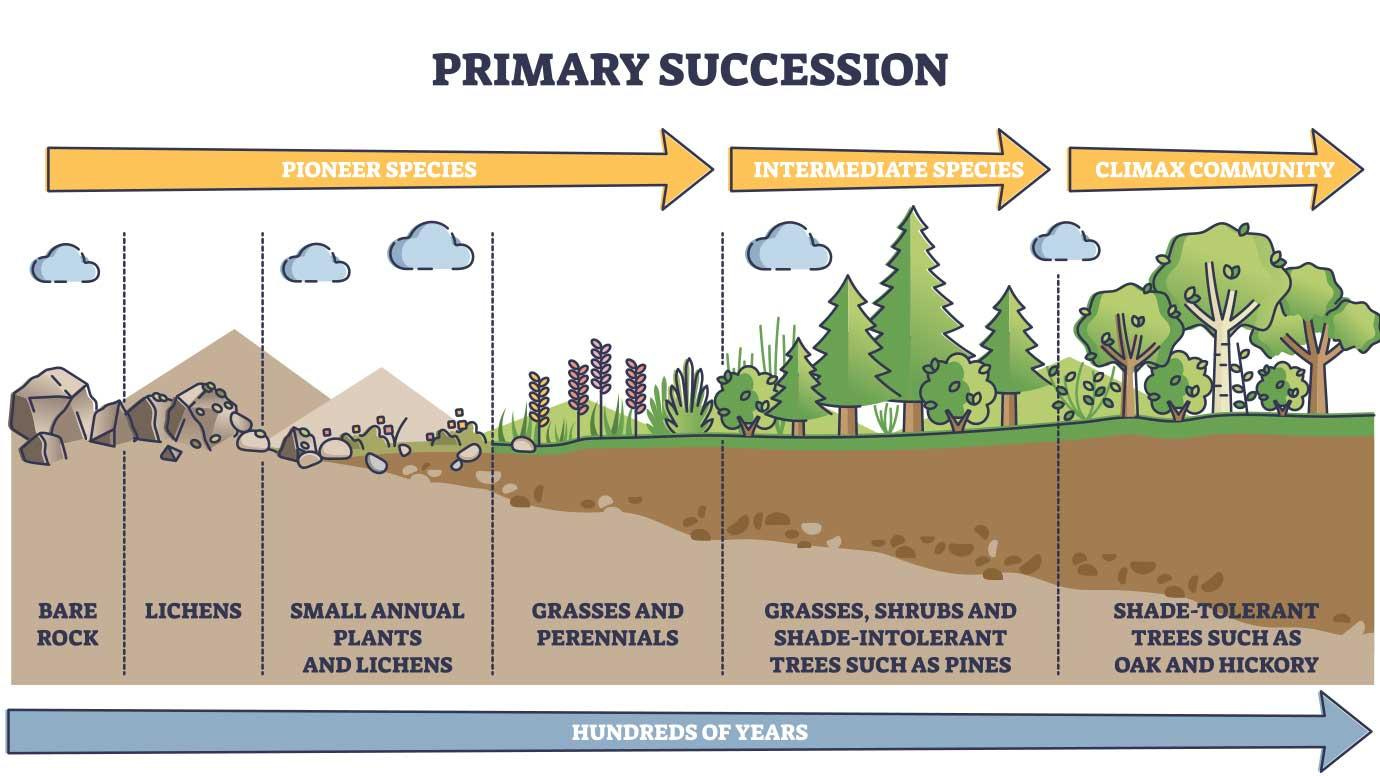
The fundamental principles underpinning syntropic farming seem based on an interesting proposition - Can we build a productive forest that takes all the complexity of the ecosystems into account without chemical inputs?
Keep the soil covered - And increase biomass
Maximize photosynthesis - By laying out trees rows from North to South
Stratification - Emergent, High, Medium Low based on light requirements
Synchronization - Regular pruning to stimulate growth
Natural succession - See the Image below
Conventional Agro-forestry paradigms have been marred by outdated colonial baggage that exploits both the soil and the planter. Can these promising scalable alternatives work in countries like India trying to shake away colonial mental shackles? I haven’t seen an Indian case study of syntropic agriculture so far. If you know of any, do share.
3 Tribal Foods I would love to see get “milletified”
Millets have become a $100 Million mainstream phenomenon in India (the biggest producer of millets), thanks to the collective efforts of entrepreneurs, scientists, activists like Dr. Khader Valli, and more importantly, the cultural fabric of this country which has been carrying these coarse grains for millennia.
Indian Government wants to make Millet a silver bullet for Climate change, diabetes (77 Mn people in India have Type-2), water scarcity, and food security. It’s a tall order of expectations and we will see how that will play out.
But can we expect other tribal foods to receive the same outpouring of love millet has received? Which tribal foods are expected to get “milletified”? These are my best bets based on the early activity signs I am seeing in the agri-food tech investor/founder ecosystem.
1. Traditional Toddy (fermented sap of palm tree/coconut tree) / Mahua (Madhuca longifolia)/ Feni (Cashew fruit liquor)
It must be blasphemous to bring these diverse, rich foods under one big swoop of dry lifeless categorization: Intoxicants.
If you come to the state where I am writing this from, toddy has a strong association and taste owing to its relationship with palm trees, unlike the state of Goa, which has a rich culinary history of toddy with coconut trees.
For tribal communities, toddy/mahua/feni was part of the regular diet for centuries, as a lovely article about maha put it, “a rich source of food and medicine that is prayed to, sung about and ritually conserved.”
There have been records of how these foods helped people critically during periods of famine and drought before they were criminalized by colonisers as “dangerous intoxicants”.
Can these traditional home-brew liquors be the perfect panacea, in response to the sober curious movement happening in the US, UK, and other parts of the world?
Going by the sample size of millennials and Gen-Z I am seeing in my social circles, it’s evident that the sober curious movement is playing out in many ways to experiment with surrogate intoxicants that are beneficial detrimental to human health.
Of course, if you are concerned about the state of tribals in modern lives, you have all reasons to be cynical about these possibilities as there is a risk of appropriating traditional cuisines that belong to tribal communities without giving them a fair share of profits.
Perhaps, there could be interesting avenues to explore co-ownership possibilities. Today, I am seeing agricultural social enterprises that are including mutually aided cooperative society structures in their organizational structures. Who knows? The next set of food businesses could carry out interesting organizational experiments to plow back profits to tribal communities.
2. Chapada Chutney (Red ant chutney)/ Black Carpenter Chutney (Odisha)
What do you do when red ants are in abundance in the jungles of the Indian state of Odisha and Chattisgarh?
Simple. You make a chutney meal out of them.
When insect biotechnology is finally coming of age, why not ride on that wave and showcase India’s insect cuisine?
Today, insect proteins are being experimented with as feed at a time when the alternative protein movement is at its trough of disillusionment. Can insect protein squarely address the discomfort people have about synthetic/lab-grown/cultured meat?
3) Sattu (Chickpea)/Moringa (Moringa Oleifera)
Even if you are allergic to the idea of insect protein, there are plenty of opportunities to tap into the underrated dark horses of plant protein- chickpeas and moringa.
While export-focused processing for moringa is vigorously being experimented with in the southern states of the country, there is still plenty of opportunity for bringing in new ingredients to the alternative protein sector that has been receiving a lot of thrashing lately.
Chickpea is also a versatile grain that blends into diverse food processing contexts as a food recipe and health drink (sattu) across lifestyle contexts
Of course, there are a lot more opportunities that can be tapped into, especially if you pay attention to a typical marketplace that offers tribal food items. However, considering where the ecosystem is moving towards, these are definitely low-risk opportunities that are worth a chase.
So, what do you think?
How happy are you with today’s edition? I would love to get your candid feedback. Your feedback will be anonymous. Two questions. 1 Minute. Thanks.🙏
💗 If you like “Agribusiness Matters”, please click on Like at the bottom and share it with your friend.



![[add-text output image] [add-text output image]](https://substackcdn.com/image/fetch/$s_!Bati!,w_1456,c_limit,f_auto,q_auto:good,fl_lossy/https%3A%2F%2Fsubstack-post-media.s3.amazonaws.com%2Fpublic%2Fimages%2F0c86527c-a4ea-4aae-918f-d3a852ec4a32_500x208.gif)
